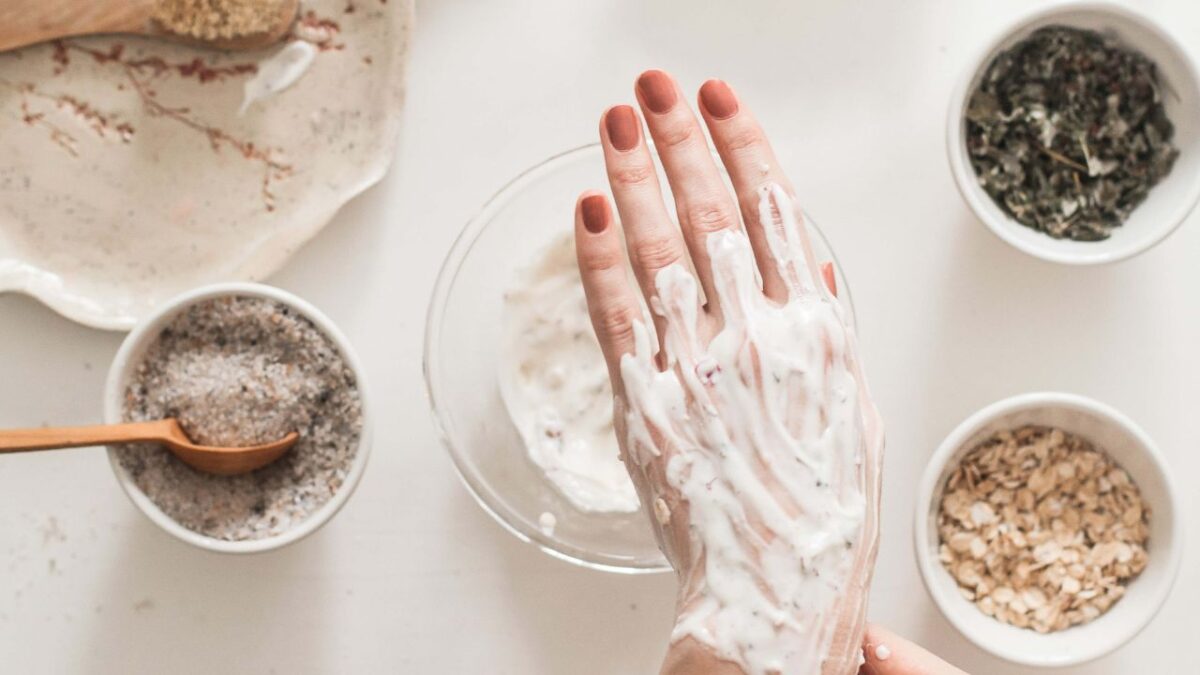Gratitude for Your Changing Body: How to Embrace Perimenopause with Self-Compassion
We live in a culture that glorifies youth and filters out reality. So when your body starts to change—your waist thickens, your skin texture shifts, maybe your hair feels thinner—it’s easy to default to self-criticism.
But let me gently challenge that: what if we shifted from body judgment to body appreciation?
Your body has done extraordinary things. It’s carried you through decades of living. Maybe it’s grown babies. Maybe it’s endured trauma or illness and kept showing up. Maybe it’s just gotten you out of bed on the hardest days.
That body? It deserves to be honored, not scolded.
Body appreciation isn’t about pretending you love every wrinkle or pound. It’s about acknowledging what your body does—and choosing to care for it as an act of gratitude.
Try this: The next time you look in the mirror, instead of zeroing in on flaws, pause and say: “Thank you for getting me here.” It’s simple, but it’s powerful.
Reframing the Symptoms: Your Body Is Speaking to You
Let’s walk through some common perimenopausal symptoms—and how we might reframe them.
Weight Gain
It’s not about willpower. Hormonal shifts influence fat storage, especially around the belly. Your body is responding to stress, insulin, and survival mechanisms.
Reframe: “My metabolism is shifting. How can I nourish and support my body with strength and kindness?”
Hot Flashes and Night Sweats
These are signs your thermostat (controlled by the hypothalamus) is trying to regulate with fluctuating estrogen. They can feel alarming—but they’re not dangerous.
Reframe: “My body is adapting. How can I cool and comfort myself right now?”
Mood Swings, Anxiety, or Irritability
Estrogen interacts with neurotransmitters like serotonin and dopamine. As levels drop or spike, so can your mood.
Reframe: “My brain chemistry is adjusting. I’m not crazy—I’m in transition. What tools can I use to create emotional steadiness?”
Sleep Disruption
Progesterone is your calming hormone, and as it declines, sleep can become lighter or more fragmented.
Reframe: “My sleep needs have changed. How can I create a more supportive nighttime routine?”
Libido Changes
Testosterone and estrogen both influence desire and arousal. You’re not broken if you feel different—you’re changing.
Reframe: “My sensuality is evolving. How can I explore connection and intimacy in a new way?”
Health Victories: Why Small Wins Matter
So often, we only celebrate big milestones. But in perimenopause, small wins are huge. They’re signs that your body is responding, healing, and shifting.
- You swapped your nightly wine for herbal tea and slept better.
- You added strength training and noticed your joints complain less.
- You started magnesium and your anxiety improved.
- You said “no” to something and felt more rested.
These wins deserve celebration.
Health isn’t about perfection—it’s about progress. And each step you take to support your changing body is a vote for your vitality.
Gratitude Journaling: A Practice for Body Appreciation
Want to reconnect with your body and shift your mindset in 5 minutes a day? Gratitude journaling is a beautiful, evidence-based way to do it.
Here are some prompts to get you started:
- Today, I’m grateful my body allowed me to…
- One thing I appreciate about my changing body is…
- A symptom I’m experiencing—and how I choose to support myself is…
- I felt strong when I…
- My body is teaching me that…
- In this season of life, I’m learning to…
- I’ll show my body kindness today by…
You don’t need to write a novel. Just choose one prompt, set a timer for 5 minutes, and write freely. Over time, you’ll notice a shift—not just in mindset, but in how you feel physically.
Gratitude changes your biochemistry. It lowers cortisol. It improves immune function. It enhances mood. And most importantly—it brings you back into partnership with your body.
Your Body Is Not the Enemy—It’s Your Guide
Perimenopause isn’t punishment. It’s initiation. A powerful invitation to get clear on what you need, what you value, and how you want to feel in the years to come.
Instead of resisting the changes, what if you leaned in?
What if you let your body teach you?
What if you honored this transition as sacred?
You are not drying up. You are deepening. You are not falling apart. You are reassembling. You are not losing yourself. You are finding your essence.
And your body—this wise, capable vessel—is carrying you there.
So offer it some grace. Offer it some love. And start, today, with one moment of gratitude.
You’ve got this. And you’re not alone.
Please remember: This information is for educational purposes only and is not intended to replace professional medical advice, diagnosis, or treatment. Always consult with your healthcare provider before making any changes to your health routine, especially if you have existing health conditions or are taking medications. What works for one person may not work for another, and your individual health needs are unique to you.






















